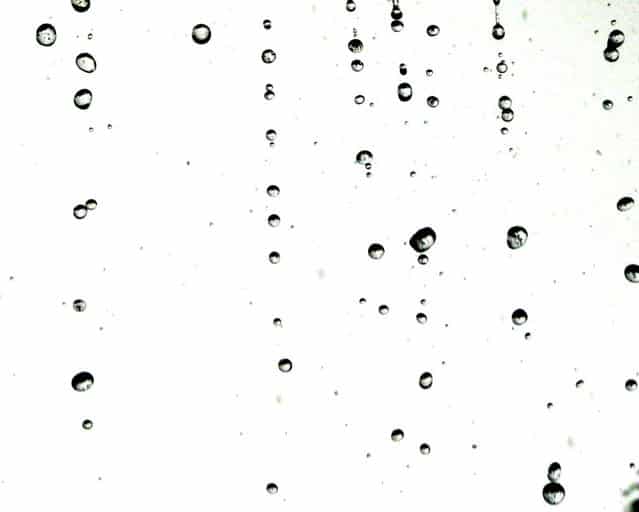When I was a kid living in rural Massachusetts, there was a lady who lived across the street who had a large …
If it’s snowing or raining outside, show your houseplants some love. Liquid from the sky is like champagne to your indoor plants. Catch rain and snow water and shower your houseplants with this potent elixir.

Rain and snow infuse your plants with a dilute form of nitric acid, which makes your indoor green friends happier and healthier. “Skywater” is also acidic, which many indoor plants like. If there’s thunder and lightning, the water is even more infused with Mother Nature’s good mojo! So go outside, collect the sky’s bounty, say a toast, and water your houseplants.
Watering houseplants with snow
Scoop up snow into a bucket and pack it tight. Bring it into the house and set it in a sink or bathtub until it melts. Wait until the resulting water reaches room temperature of at least 70-75 degrees before using it for watering. (Studies have shown that cold water can lead to root rot and leaf spotting.)
Watering with rainwater
Catch rainwater when it’s coming down into any vessel that will hold it, including jugs, rain barrels, buckets and watering cans. Bring the rain water indoors and let it reach room temperature before using it for irrigating your houseplants.

rchids can actually be watered with snow. Form snow into little snowballs and place them on top of the orchid bark. The balls will melt slowly and provide the orchids with a source of water. This should be done no more than once a week in the wintertime. (See below regarding the dangers of overwatering). When placing the snowballs around the orchid, make sure not to touch any leaves with the snow.
Filtering snow and rainwater
If the snow or rainwater contains any visible debris, filter it out with a fine strainer before using it. The finer the mesh in the strainer, the more debris you’ll catch. While this isn’t an imperative step, it is a good idea to help prevent soil borne disease.
Proper winter watering of houseplants
Keep in mind that most indoor gardens require substantially less water during the winter months than other times of the year. Even though your plants grow indoors, they respond to the cold days, and especially the limited daylight, by slowing down growth and growing less vigorously. When plants slow down growth, they require less water.
Before watering houseplants, make sure to check with a moisture meter in order to determine if the plants actually require watering. If the moisture meter reads wet, don’t water. Wait until it is on the verge of dry or in the dry zone. Most houseplants will recover from becoming slightly dry much easier than they’ll spring back from being overwatered—especially in the winter time. The combination of cold and short nights and wet soil quickly leads to root rot and death.
But enough downer talk! Go outside and collect some houseplant champagne. Then water, and watch your indoor garden throw its own party.
Many trees and large shrubs require occasional pruning, and late winter in SoCal before early spring’s active growth is often a good …
One of my favorite types of veggies to grow during our cool season are root crops. There is something so exciting about …
Shade gardening in SoCal takes some extra effort but the results are well worth it.
